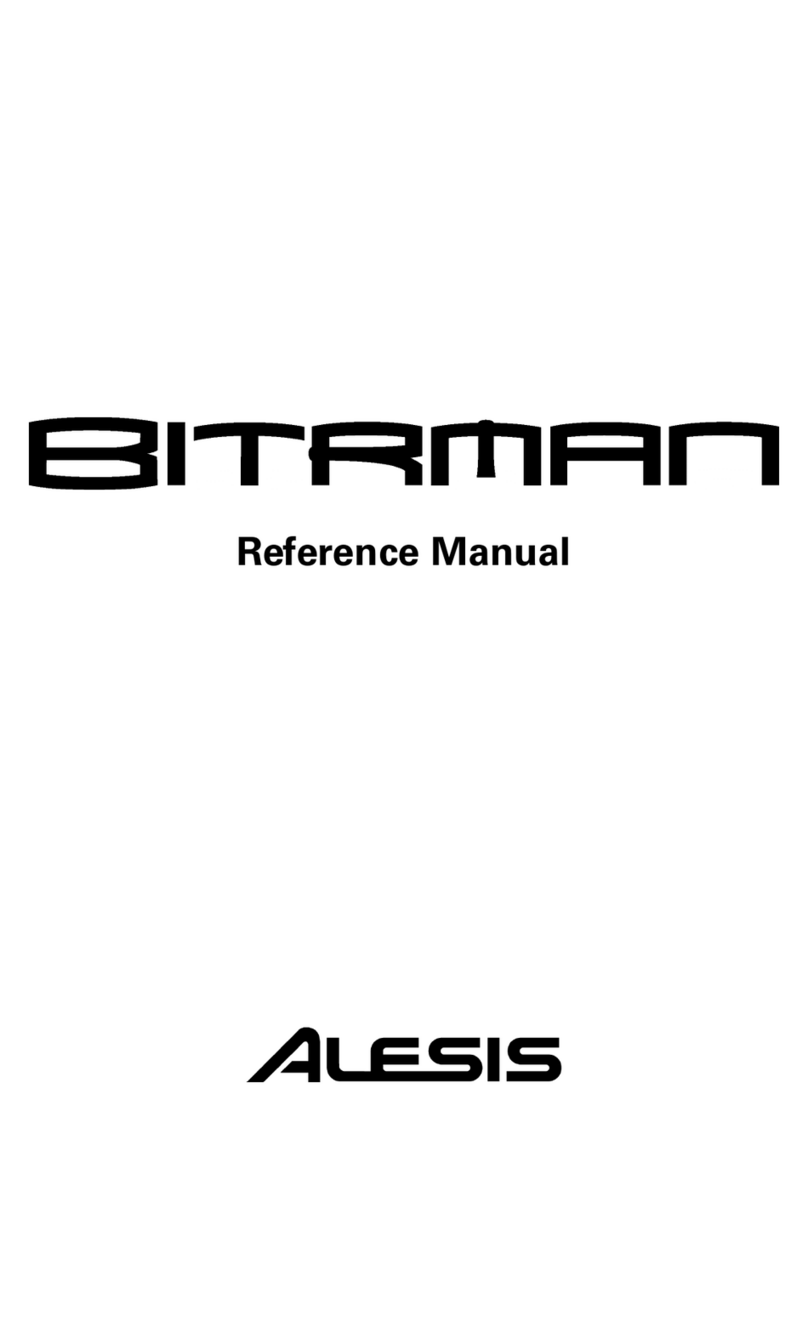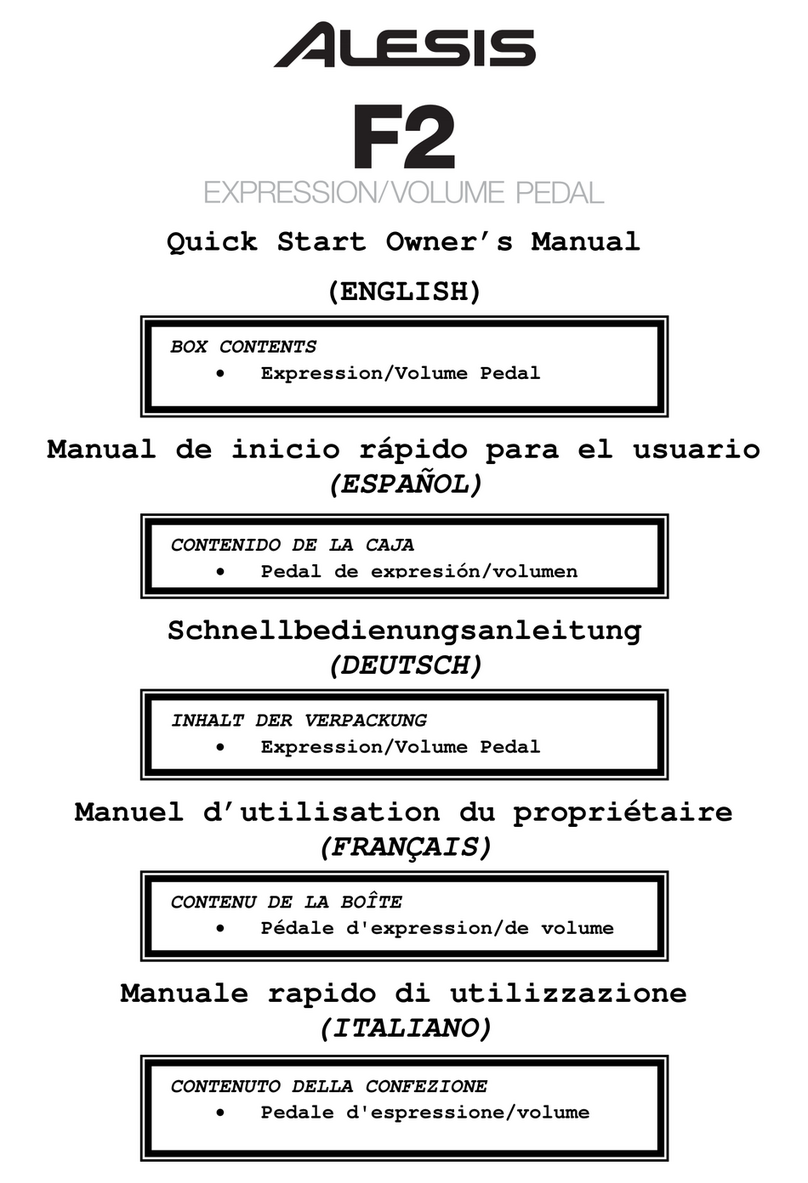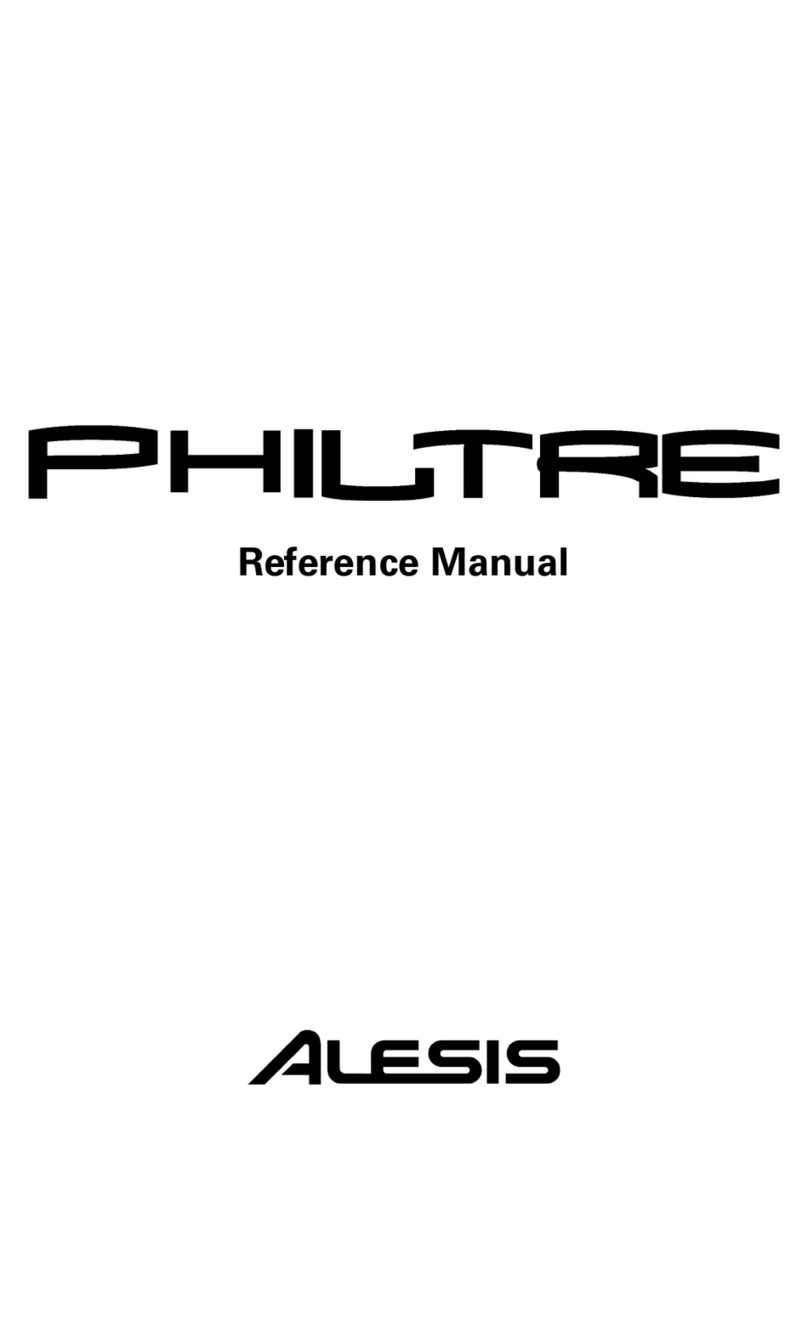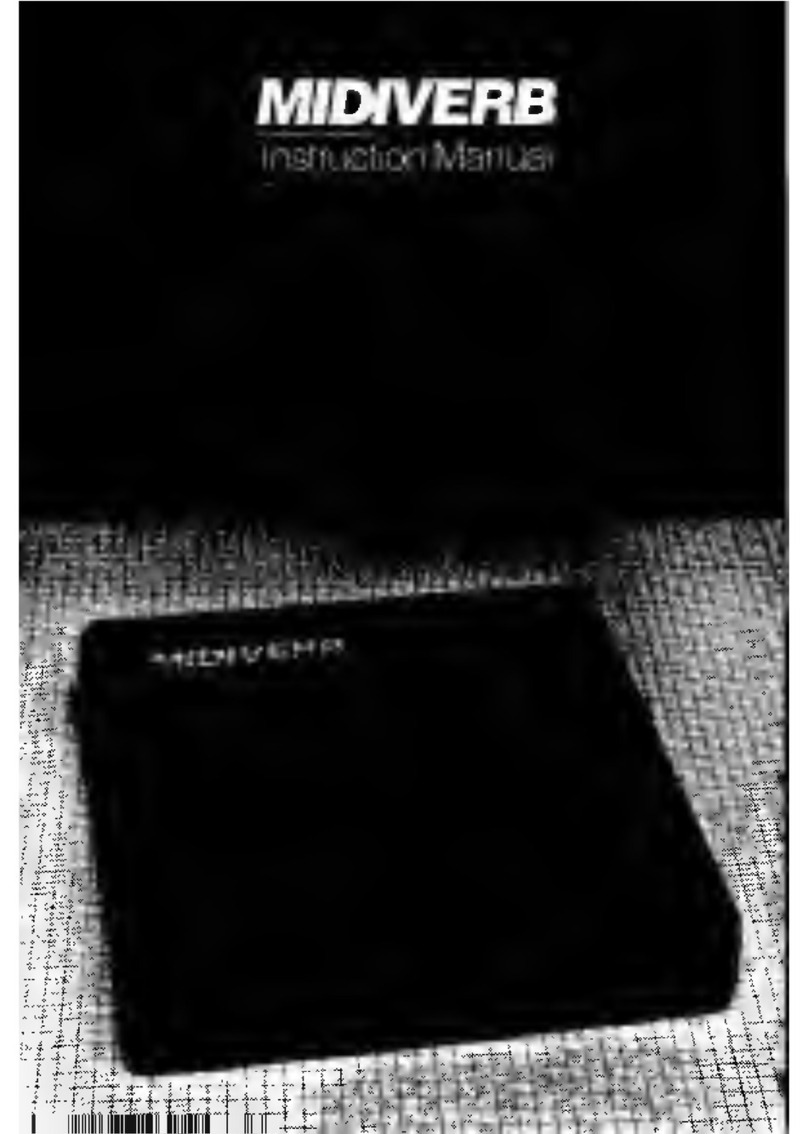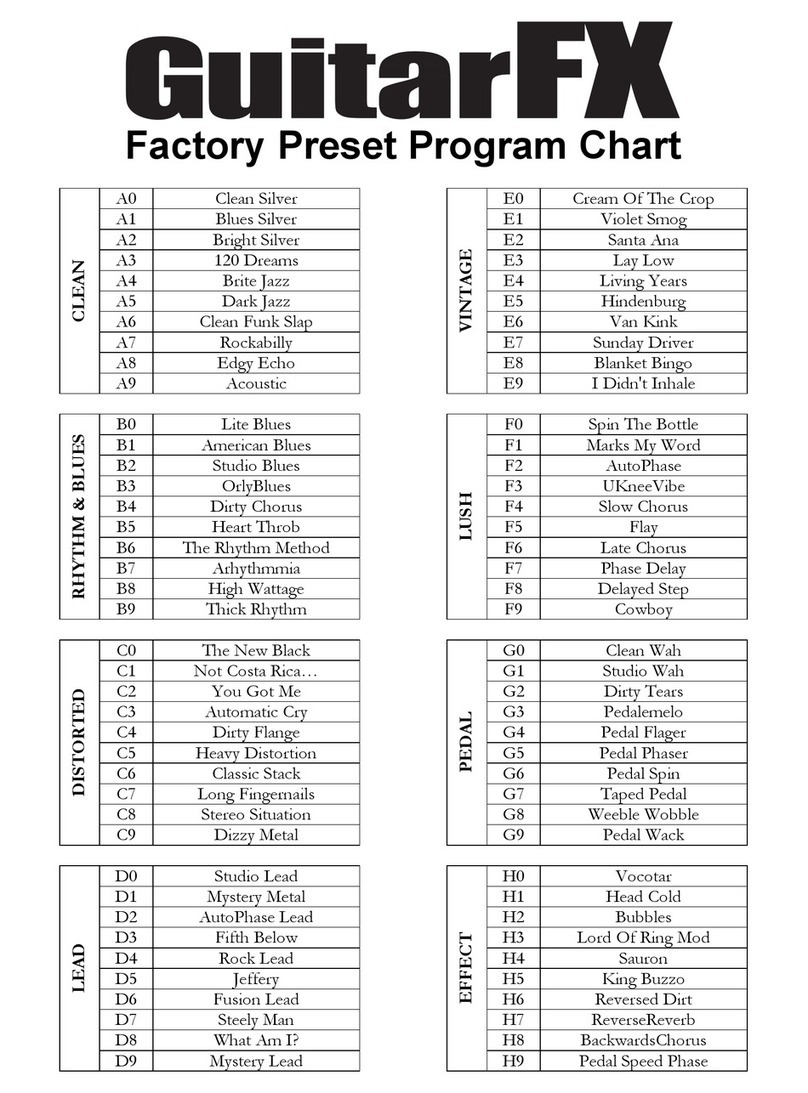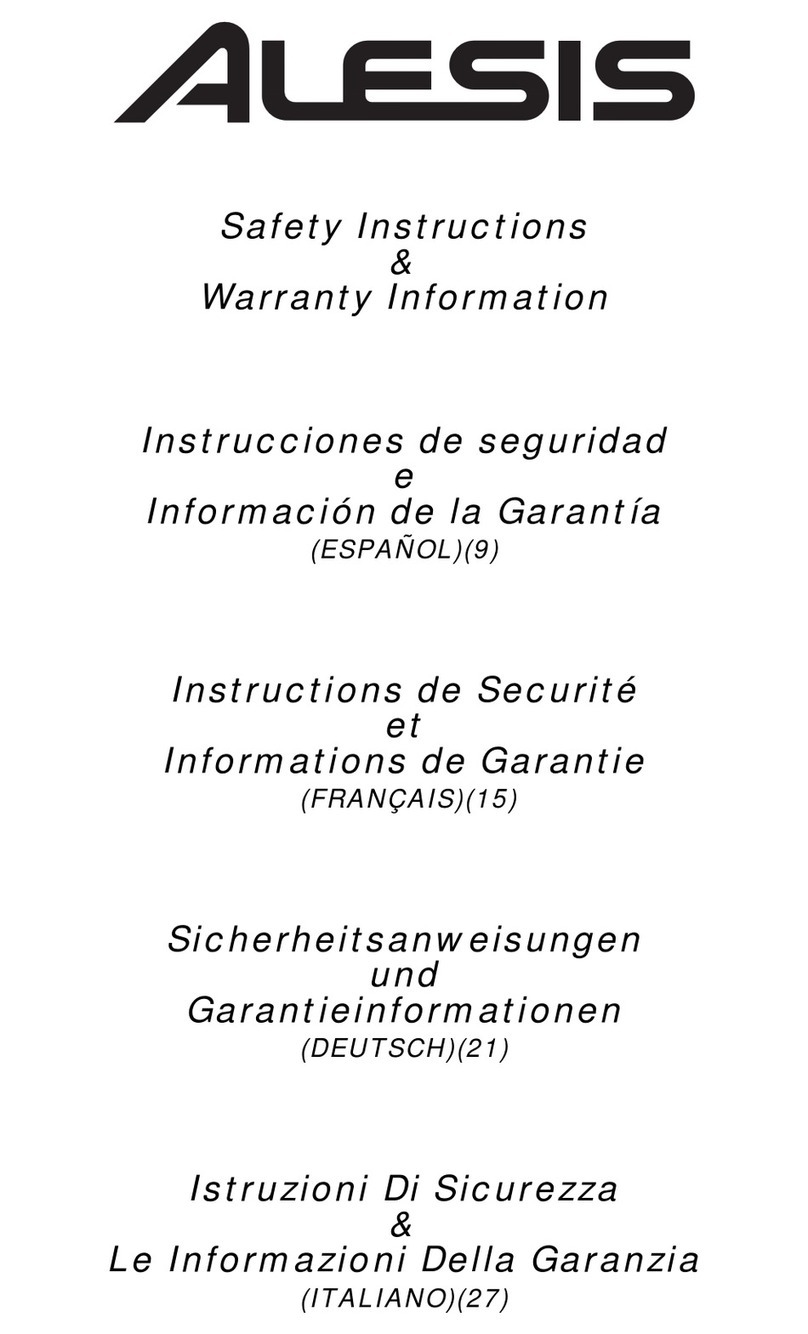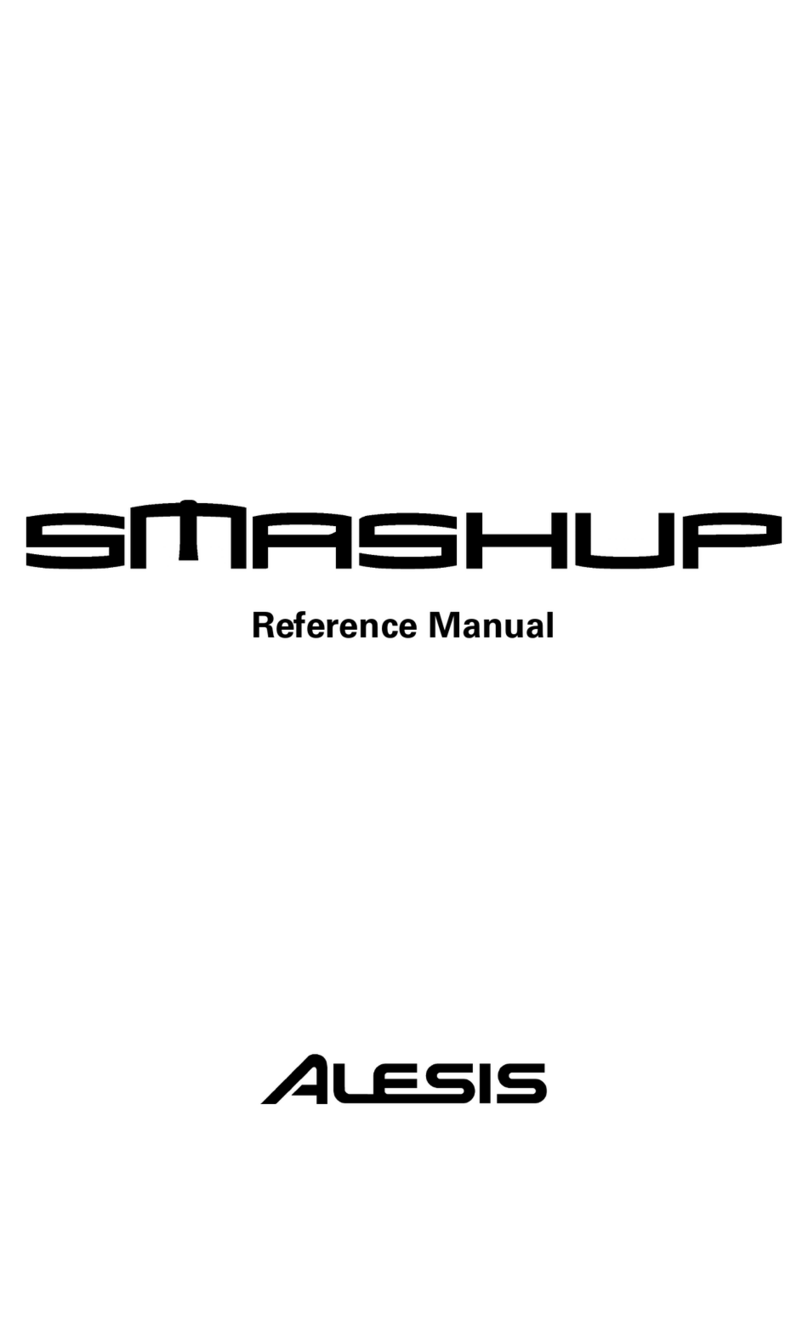Table of Contents
1
Introduction....................................................................3
Welcome! .........................................................................................................3
About the Metavox ........................................................................4
Important features of your Metavox ..........................................................4
Metavox Key Features ...................................................................................5
How to Use This Manual.............................................................6
Safety Instructions/Notices .....................................7
Important Safety Instructions (English)............................7
CE Declaration Of Conformity................................................9
FCC Compliance Statement......................................................9
Instructions de Sécurité Importantes (French).........................................10
Lesen Sie bitte die folgende Sicherheitshinweise
(German) ..................................................................................................12
Quick Start Guide ........................................................15
If you can’t wait to get started......................................................................15
Hookup for voice modulation of a synthesizer........................................15
A quick overview of the controls ...........................................16
Rear Panel........................................................................................................16
Connections ....................................................................17
Unpacking and Inspection............................................................................17
Installing in a Rack .........................................................................................17
Power................................................................................................................17
Connecting to the Channel Inserts of a mixing console: ........................20
Connecting to the Group Sends or Aux Send/Return of
a mixing console:.....................................................................................21
Connecting to the inserts on an instrument amplifier:............................22
Connecting to equipment with XLR inputs and outputs:.......................23
About audio cables.........................................................................................23
Using the ModLink........................................................................24
Using the Metavox .......................................................25
About Vocoding...............................................................................25
What is Tempo Sync? ....................................................................................27
To turn Tempo Sync off:..............................................................................27
Description of Controls...............................................................28
Synthesis Input Switch ..................................................................................28
Phreeq...............................................................................................................29
Siblance.............................................................................................................29
Modulation switch..........................................................................................30
Depth................................................................................................................32
Rate ...................................................................................................................32
Reset Mod........................................................................................................33
Tap Tempo......................................................................................................33
Bypass...............................................................................................................34
Using the Foot Switch...................................................................................34

